‘The mask is looking at us’: Afrodescendant representation in Bolivian carnival
Sharon Pérez focuses on creating visibility for the Afrodescendant communities in Bolivia through her artistic practice. By painting portraits, on rusting metals or daily-use furniture such as chairs, window frames or doors, large-scale installations and peformance she seeks to break the circulation of stereotypes of Afrodescendant bodies.
‘These last months prior to the residency in London have been an intense period of research, experimentation and reflection. It has been a time of transformation. From the Morenada masks and their relationship with Afro-Bolivian identity, I have been able to approach other spaces, taking the step to work now more with the visual than with the plastic. These are the spaces in which this project is developed, from the transformation and transmutation of the objects and identities contained in an institutional space such as the British Museum’
Sharon Pérez’s project focuses on the representation of bodies and faces. The artist will produce a series of works in response to the Morenada masks from Bolivia in the British Museum’s collection. Specifically, there is a series of masks that represent various characters from the Morenada collected between the 1980s and 2000s by Felicity Nock and Henry Stobart. These masks perpetuate stereotypical features of Afro-descendant people and are commonly danced by members from the Aymara community.
This project is a reflection on the lack of Afro-descendant representation in the collection and an opportunity to emphasize the multiplicity of voices on a shared cultural heritage.

This residency has a hybrid format, where part of the research and art production will be in Bolivia and part in London:
1. Visit and interview communities in Las Yungas: Tocaña, Mururata, Dorado Chico, Coscoma, Chichipa and Chicaloma to talk about their perspectives on the dances of the Morenadas.
2. Interview with mask maker Raul Fernando Condori in La Paz and with mask maker Jorge Cruz in Oruro.
3. Production of art in the community of Tocaña to not only obtain information but also contribute something to the community and create works from co-existence.
4. Visit to the Anthropological Museum “Eduardo López Rivas” of Gobierno Autónomo Municipal de Oruro.
5. Visit London to see the collection at the British Museum and produce art in response to it.
6. Performance or artistic intervention at the British Museum for the general public during the residency.
7. Exhibition in Tocaña during the month of August.

Fieldwork in Tocaña, Bolivia

Fieldwork in Tocaña, Bolivia

Fieldwork in Tocaña, Bolivia
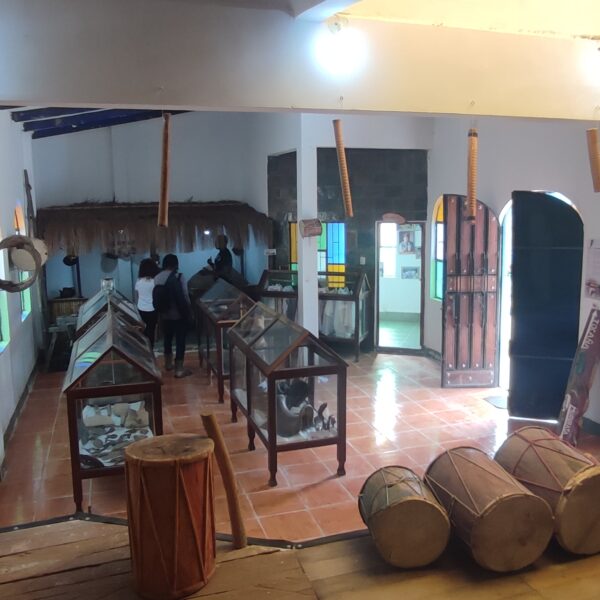
Saya drums, Tocaña
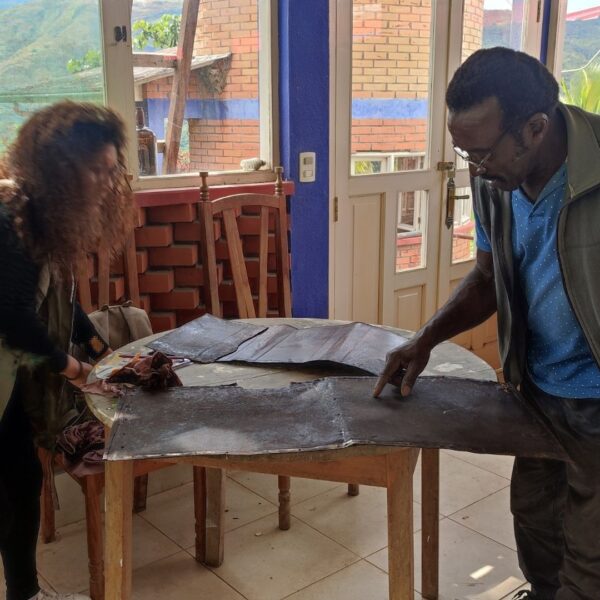
Feliciano Pinedo, sculptor, Tocaña
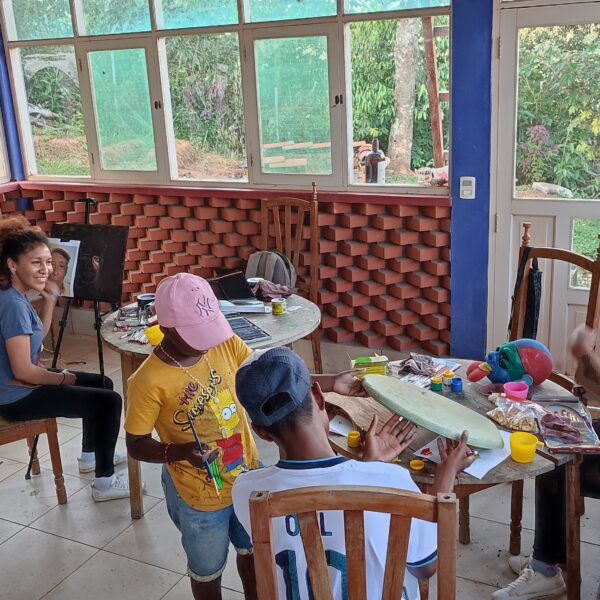
Activities with Tocaña community

Activities with Tocaña community

Finding materials, London
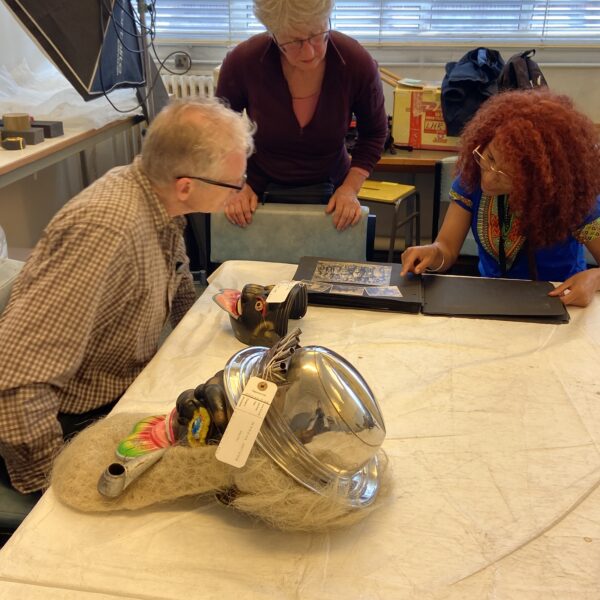
Meeting with Felicity Nock and Henry Stobart, London

Bolivian masks collection

London
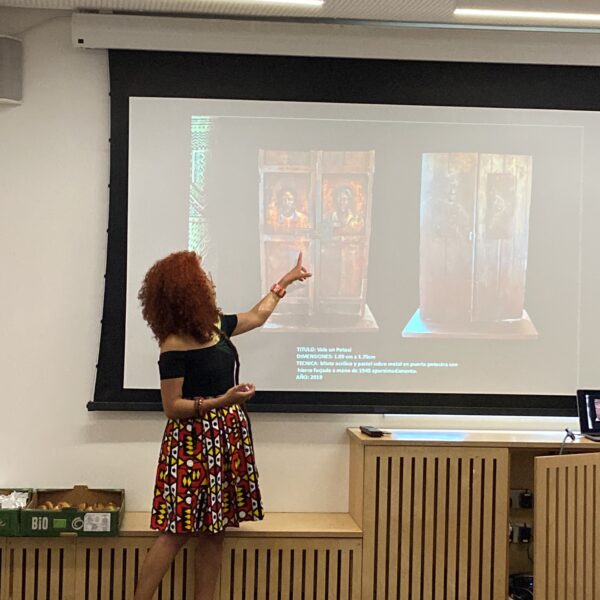
Presentation at Gasworks, London

'Rey moreno' mask
This project began as a reflection by SDCELAR on the exclusion of a multiplicity of perspectives on the carnivals of Peru and Bolivia, specifically Afro perspectives on the dances that represent Black people such as the dances of the Morenadas. These dances are presented at the Oruro carnival and at the Fiesta del Gran Poder in La Paz.
In conversation with the project of the Aymara artist Nereida Apaza Mamani from Peru, the two artists were interviewed for an article that argues that dances and carnivals are counter-monuments given their ephemeral nature and their traditional role as methods of resistance.
“There is a very long tradition of colonialism in the danzas. There is resistance to colonialism within them, for example the representation of resistance to the Spanish yoke. You could trace the colonial history of Bolivia through these dances. Each specific danza has its own topic of resistance and they continue to change over time. These frequent changes have been intensely criticized, but in essence, these danzas are used to unveil the systems of oppression.” – Sharon Pérez (ReVista Spring/Summer 2021, Volume XX, Number 3)
STAY UPDATED >> For more about this and other projects follow us on Facebook and Instagram.


